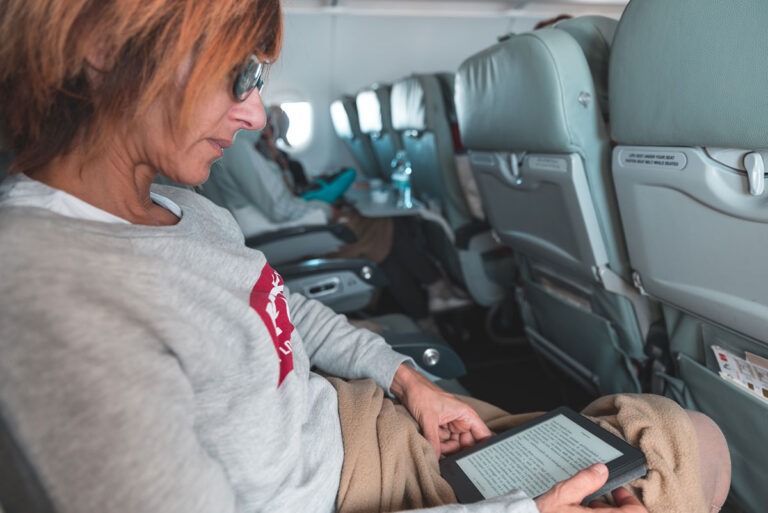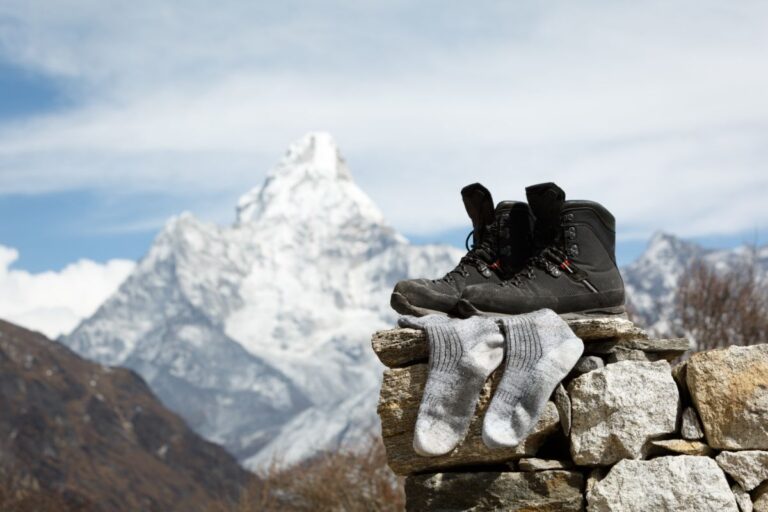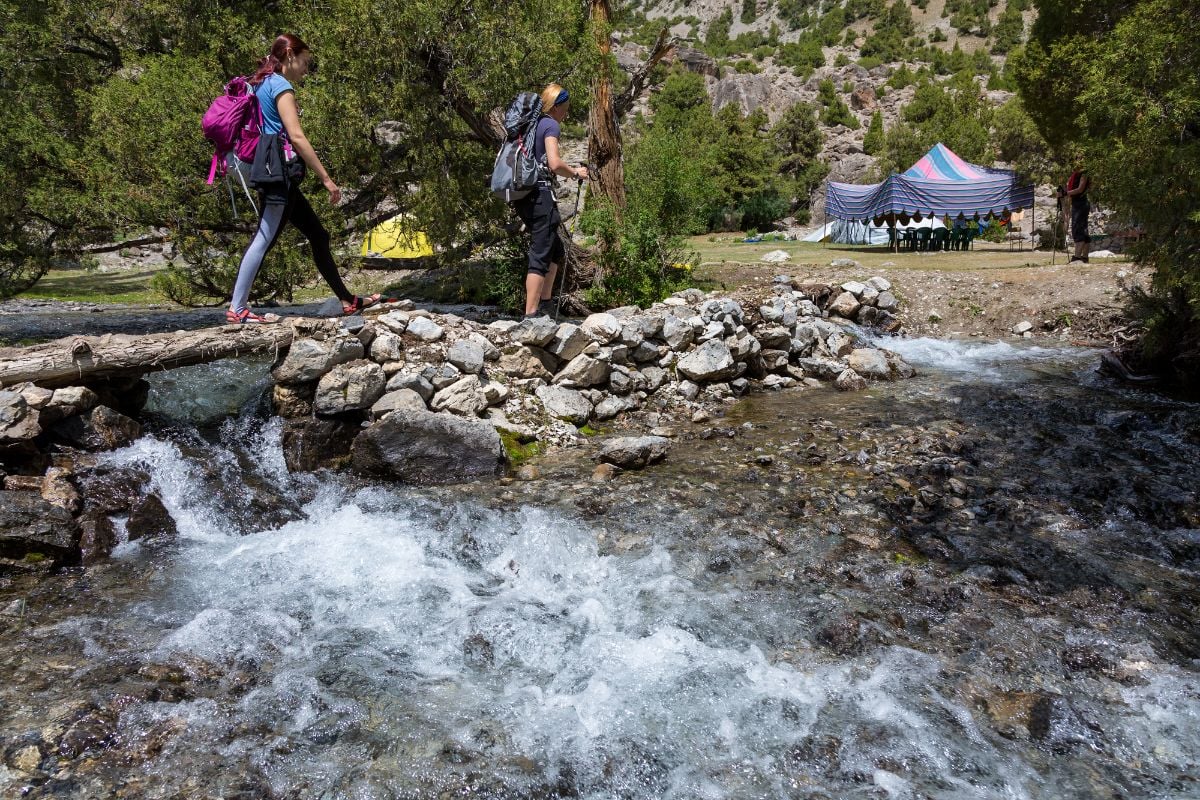
When I went on my first five-day hike, my backpack changed my center of gravity so much that I almost fell over. If only I’d undertaken some really thorough research to understand what bag would suit me and my hike best! Now, I am more informed, and understand a lot more about the types of hiking backpack.
There are some tips and ideas about what bags are out there and how to decide which to use.
It’s best to begin small
Hiking backpacks are described as being small if they are less than about 40 liters in capacity. Not all these bags are the same, though. Their relative sizes, designs and looks are linked closely to their purpose.
1. If you are out for a day, use a day pack

A hiking day pack is a small backpack that is used for short excursions. These can be hikes or trips that last a few hours, or a trip that lasts a whole day. They can be as small as 20 liters in size, which is usually large enough to carry what you need for a short hike. Larger day packs are also available, but larger packs are available, measuring up to 50 liters.
Day packs are used for short periods, so they are light and have no internal frame. There is a main pocket, which opens at the top. On the side and front of the pack there are a few smaller pockets.
Some day packs have a hip belt and the shoulder straps. This makes them more comfortable to wear for longer periods. The weight is distributed on the wearer’s hips.
Plan Your Perfect Trip
Get a personalized AI-generated travel itinerary in seconds
2. When you go for a climb, use a climbing daypack
A climbing day pack is like a hiking daypack because it is small. There are some differences in the design of the two packs that make them suited to their function.
Climbing involves negotiating more demanding and varied terrain than hiking. A backpack designed for climbing needs to be made of a tough fabric. This so it can withstand scraping along rocks and other terrain. A climbing backpack should also be waterproof.
The packs are usually quite a narrow fit, so that they don’t get in the way when it is being used on a climb. They often have quite a strong frame and may have a hip belt.
When you go out on your bike, or on foot, use a cycling backpack
A backpack for cycling is not what you would usually consider to be a hiking backpack. The bags do follow the same basic design and principles and can even be used for short hikes.
Because they are designed to be on a cyclist’s back, cycling backpacks are very light and quite small. They have space for a hydration pack, which is also useful when on a hike. The support is via shoulder straps and a sternum strap. You won’t be able to pack a lot into them, so there won’t be a lot of strain on your shoulders.
3. Then, of course, you may want to take to the ski slopes
A ski backpack is not entirely the same as a hiking backpack. Again, though, the same principles apply. The packs are worn on your back, with shoulder straps. Usually, they will have a hip belt and even a sternum strap.
The bag consists of one main pocket, with very few outside pockets. There are also straps and other attachments that allow skis or a board to be attached to the pack. You can also push your jacket or even goggles under a strap or elasticized support.
4. Way at the other end of the scale is a sling bag

A sling bag is a form of small day pack that can be used for hiking. This type of backpack is not designed for long periods. It is rather suited to short walks.
Another name for this bag is a drawstring bag. It has thin shoulder straps and closes by pulling together two strings. You can carry a water bottle, rain jacket and some snacks in a sling bag when you go hiking.
Then, it’s time to go large
When you get down to the business of hiking, it’s necessary to use a large hiking backpack. This will accommodate more than the basic essentials. Large bags come with or without frames.
5. Keep in touch with your frameless backpack

Frameless backpacks are quite simple in design. They consist of one main pocket, with a mesh front pocket and space for a water bottle on the side. Some of these backpacks may have one or two front zip pockets. They are usually smaller backpacks.
Frameless backpacks are lighter in themselves. They can feel heavier to carry. The weight is carried primarily on the shoulder straps. It is often not well-distributed. The backpack sits snug on your back, which also makes it hot to carry. You also have to make sure you pack them, so that nothing digs into your back.
Frameless backpacks have a few disadvantages. They are quite often used for hiking because they are lighter.
6. If you want structure and all that goes with it, go for a framed backpack
A backpack that has a form of rigid structure to give it shape and make it stronger is a framed backpack. The frame holds the backpack a little away from your back, which means air can flow between the two. An advantage of framed backpacks is that you can carry more weight. The frame helps to distribute the weight more evenly. Because of this, framed backpacks are larger than those that are frameless.
Frames can either be external or internal.
The internal frame pack gives you a more streamlined, modern look when hiking
Internal frames in backpacks have developed to become lighter. This makes the experience of carrying a full pack easier and more manageable. The interior frame allows the backpack to sit quite snugly against your body. Most of these packs have a hip belt. The load is distributed more evenly and not only on the shoulders.
A backpack with an internal frame has a solid back that sits against your body. In this position, the bag doesn’t alter your balance too much. This means that you don’t have to keep hard objects away from this section of the bag. The design allows you to pack the bag as required.
A backpack with an internal frame does not sit away from your body and can be quite hot to carry. Some of the packs do have a netting suspension back and do allow air to circulate between itself and your back. This makes carrying the bag cooler.
Backpacks with an internal frame do have extra pockets and some features on the outside. These allow you to organize your contents. You can also carry something like a water bottle.
Then you have external frame backpacks, which can look clumsy and old-fashioned

External frame backpacks are not used very often anymore. There are alternative designs for hiking backpacks. These are more and more efficient and easy to carry.
The carrying part of the backpack is square shaped and you can see the frame around it. If you need to carry extra kit, you can easily tie it onto the frame. There are places to tie equipment onto the bag and pockets to organize your things for the hike. These are on the front and sides of the bag.
An external frame backpack is usually more bulky than other backpacks. This is because of the additions. These backpacks are best used on trails that are not overhung with branches.. Narrow sections with overhanging rocks or vegetation can also catch the backpack.
A backpack with an external frame stands a little away from your body, which allows air to flow between the two. The experience of carrying a bag is cooler due to this. The external frame causes the backpack to pull slightly backwards. This can alter your center of gravity.
A backpack with an external frame is quite heavy. Materials evolve constantly, so this is no longer of such concern.
Beyond hiking, you may need a backpack that is quite specialized
Some hiking backpacks suit the requirements of a profession, activity or occupation. These are as specialized backpacks.
7. Tactical backpacks are inspired by the military
The idea of a tactical backpack comes from the use of bags in the military. Think about it as an efficient means of organizing what you need to take with you on a hike. These bags are also quite comfortable to carry. The curved shoulder straps, to fit into the body. They are also padded. Tactical backpacks often have a hip belt, to distribute the weight. They may also have a waist belt.
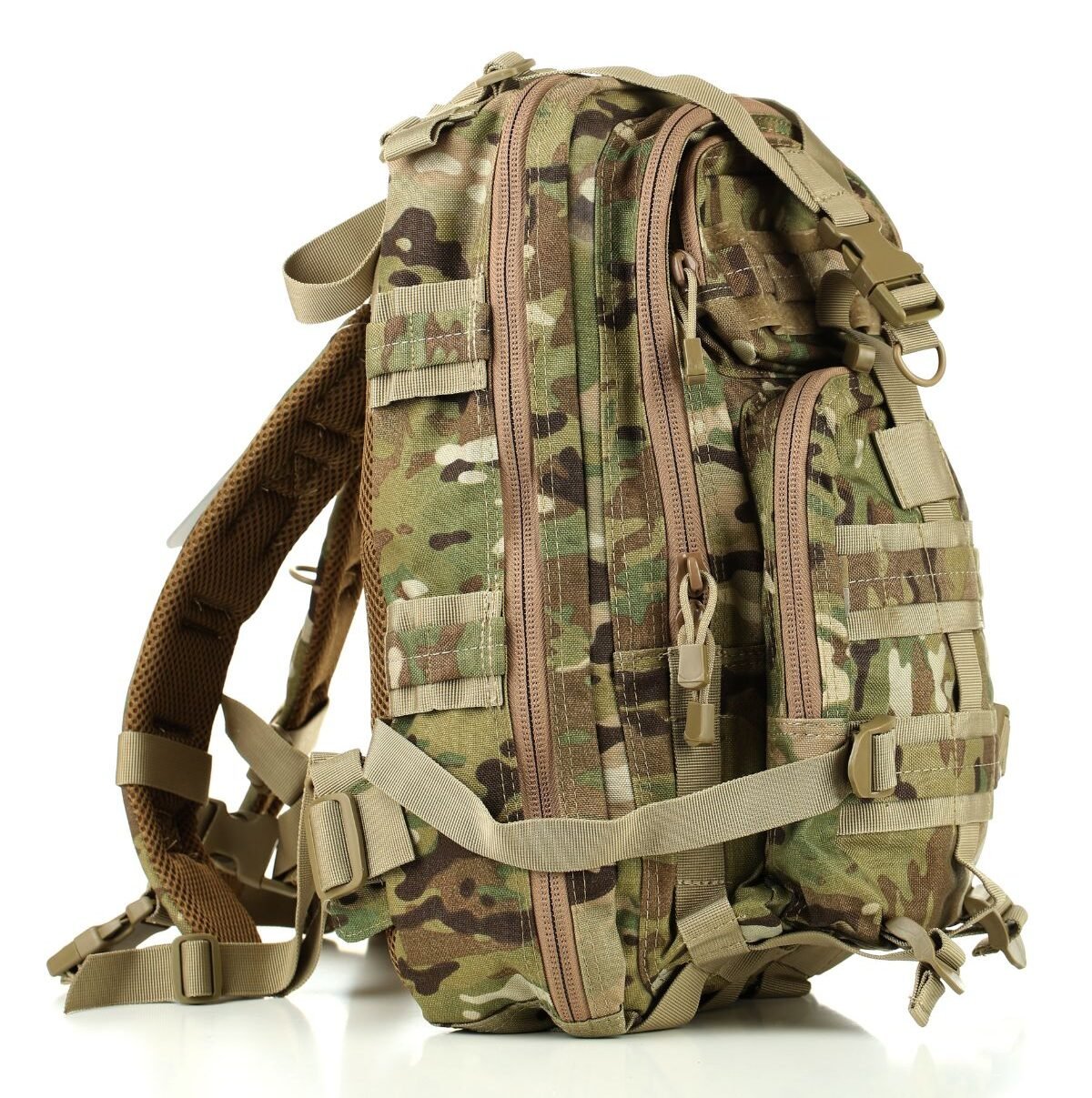
This means they have a lot of features that other backpacks don’t have. There are at least two main pockets and various side and outside pockets on these bags. The outside of the bag features straps, containing the whole bag, or certain sections. You will usually find a system of loops sewn onto the bag, so you can organize your bag efficiently.
Tactical backpacks are made from strong fabrics. They also often have camouflage designs. This is because they are inspired by the military.
8. Technical backpacks protect your equipment and gear
Some professionals or technicians need to carry specific equipment into relatively inaccessible areas. In these cases, hiking means getting to a location for some kind of work-related activity.
You can pack and carry the necessary equipment and / or tools for a profession in a technical backpack.
These backpacks can also have a more ordinary function. They carry sensitive equipment around anywhere, including an urban area. Laptop backpacks, for example, are technical bags. They are designed specifically to carry and protect computers. A photographer will make use of a technical backpack for equipment. This can be for use in town, or for hiking into inaccessible areas.
Technical backpacks don’t always have two shoulder straps. They are not always work on the back. There are some bags that only have one strap.
The design and execution of the inside of a technical backpack are important. They are more essential than the outside. This is because the insides must accommodate and protect the necessary equipment.
Considering the relative sizes of backpacks
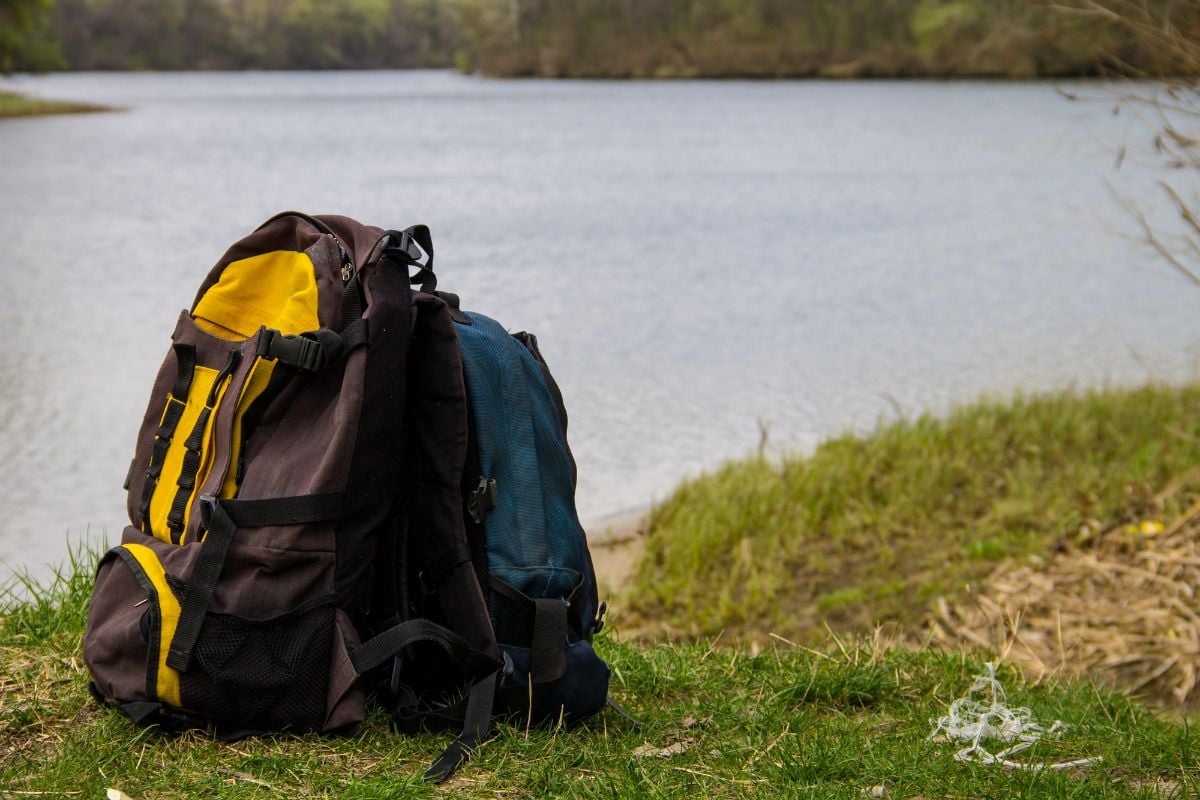
Backpacks can be described in terms of their width, length and breadth. Mostly, though, their sizes are given in liters, to indicate the capacity. This is more useful than dimensions. These backpacks can vary in relative size, depending on how full they are.
A day pack can be anything from 20 to 40 liters. This will accommodate a surprising number of things. You can include water, a jacket and your camera. You are also likely to find space for some extra clothing and odds and ends.
A specialized day pack, like a cycling pack, can be as small as 10 liters. That does fit in with the use of the bag. You’ll carry some snacks and a light jacket. You may also include a water reservoir.
Larger hiking backpacks that you will use on a hike that lasts at least a few days can be up to 60 liters. This will allow you to pack clothing, water and other essentials – and still leave space for food.
Travel Budget Estimator
Get a detailed estimated budget breakdown for your trip (AI generated)
()Please note that portions of this article was created with the aid of AI.





